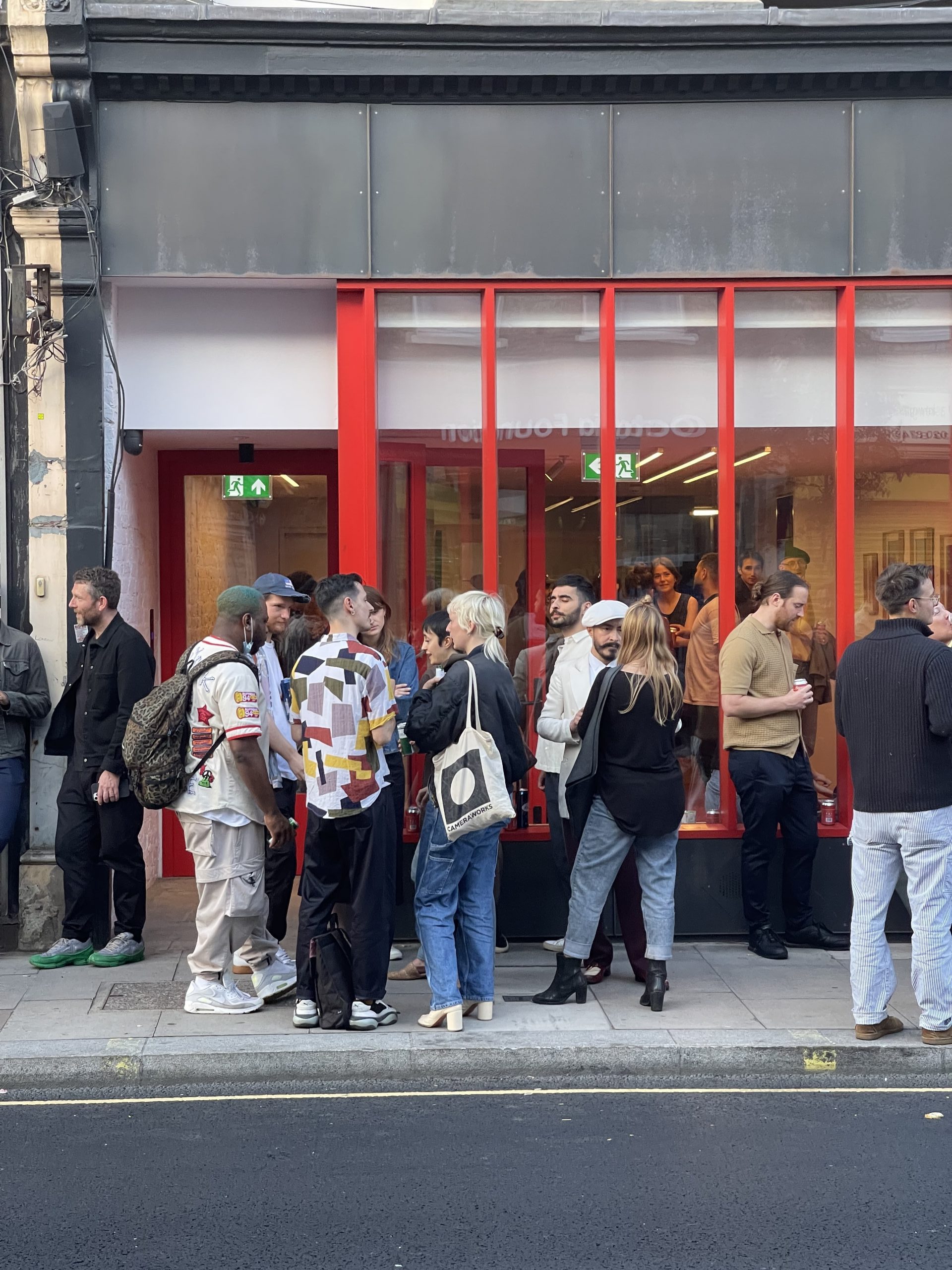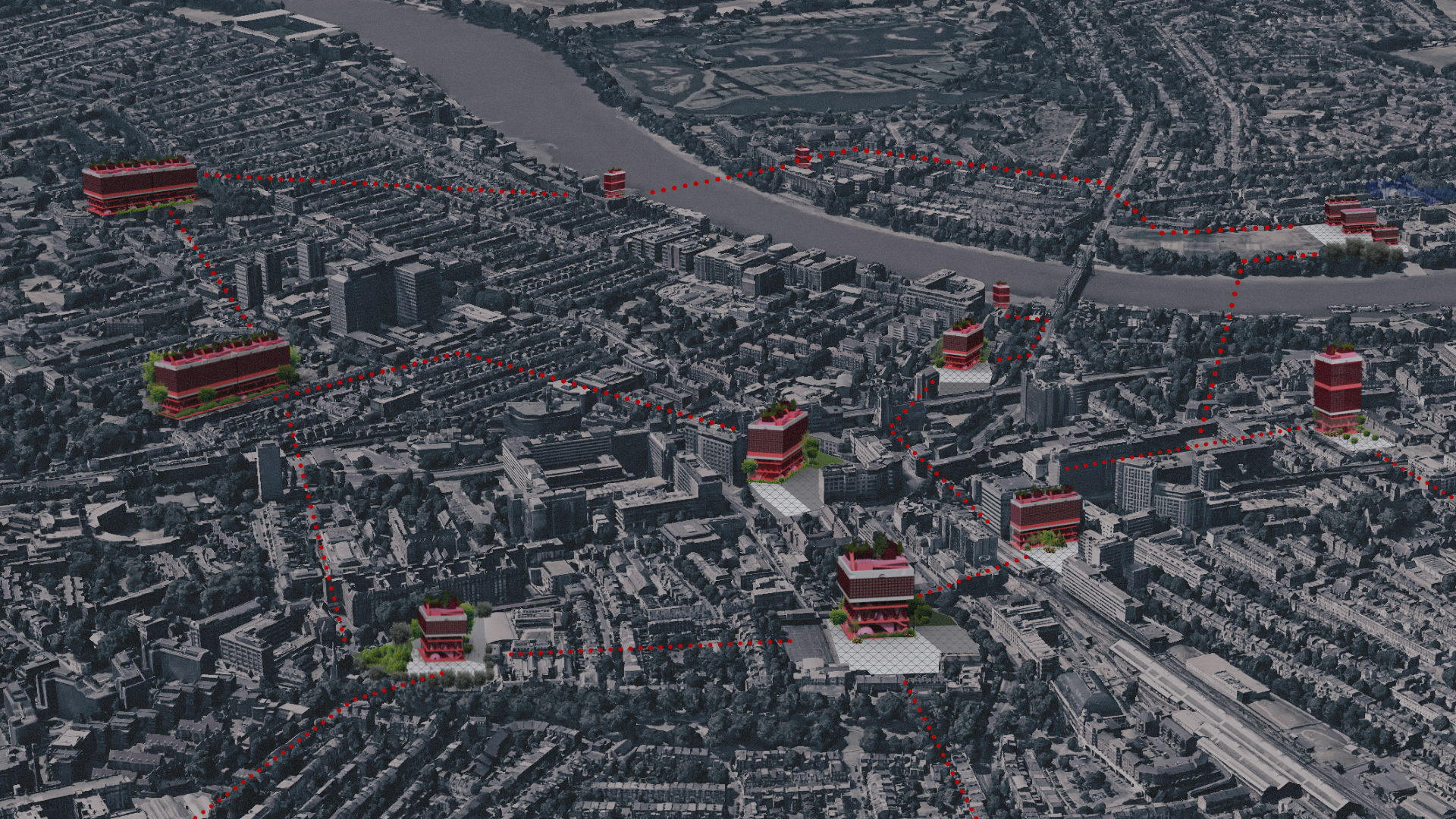
An interview between Amy Frearson & Sadie Morgan
We spoke to architect and design champion Sadie Morgan about her professional and
personal experiences of what makes a good home. Sadie is a founding director of Stirling Prize winning architecture practice dRMM and is also involved in a number of advisory roles, as chair of the Independent Design Panel for High Speed Two and as one of ten commissioners for the National Infrastructure Commission. She founded the Quality of Life Foundation – a new independent body aimed at raising people’s quality of life and wellbeing through the improvement of the built environment.
Based on your research with the Quality of Life Foundation, what are the principles behind creating a home that improves happiness and wellbeing?
There are six themes in the Quality of Life Framework: a sense of belonging, a sense of control, healthiness, access to nature, freedom of movement and a sense of wonder. When you’ re talking more specifically about the inside of your home, you need to feel safe and secure, and you need to have adaptability and flexibility of space, whatever size of place you live in. It’s about feeling comfortable and feeling like you belong. I think you belong somewhere that you’ve been able to shape. You also need to have difference in the types of space that are within your own control. It’s important to have both rest space and communal space where you can be with others.
Has the Quality of Life Foundation done any specific research into co-living and co -housing?
No, but the importance of community has been an outcome of all the research we’ve been doing. We’ve found that knowing your neighbours, knowing your local environment, feeling that sense of belonging with others and being bound to a place; these are all incredibly important. My sense is that the things that co-living offers you, they tie into the principles that actively improve your quality of life.
Do you think a certain amount of space is necessary in order for someone to live comfortably, and does it matter whether that space is a mix of private space and shared space?
This is quite a complex question for me personally. I’ve lived in a home with very minimal personal accommodation but with incredible shared amenity, and it worked very well. I lived with my family of four in a 40-square-metre apartment until my children were 10 years old. That’s a fairly small space, but I didn’t feel small because we also had access to communal spaces. So I think it can absolutely work, but you do need some private individual space where you can be on your own.
However you do have to be careful about saying that it’s acceptable to live in very small spaces. There has to be some understanding that it’s only possible if the environment offers you that extra space. We need spaces that can fulfil a number of different activities, like working from home. If you’re talking about quality of life in an individual apartment, then more space is really necessary. But if you are living communally, where you have the freedom and opportunity to use shared spaces in a way where you feel no anxiousness, and where those spaces feel like part of your home, then I think it’s perfectly acceptable to have smaller accommodation.
Are there any particular groups of people that you think stand to benefit from co-living?
People who live on their own are the obvious example, as they really benefit from social interaction and from knowing that there are people around them. That’s not just generational – a Quality of Life Foundation survey showed that the younger generation feel just as lonely and disconnected as the older generation. The loneliness issue isn’t just about people who are necessarily on their own either. It’s also about being able to easily connect with others in a way that isn’t forced. If you feel connected to your neighbours, even if you don’t always see or speak to them, that can be incredibly reassuring.
Do you think space standards improve the quality of homes being built, or do they lead to a race to the bottom?
We do need to have a benchmark, which says anything lower than this is unacceptable, but often it does lead to a race to the bottom. I think societally we have to start to value the other stuff.
As we come out of the pandemic, I think there will be a shift in the way that people value where they live; we will start to value good light, good aspect, access to nature and a good sense of community. But consumers need to be part of the journey, because developers respond to what is acceptable for consumers. Developers will learn that, if they want to add value to their developments, they need to think about these softer things, and that space is about height as well as square feet.
I think we need to get to a place where the conversation isn’t revolving around space standards. If value only lies in how many bedrooms you have, then it’s always going to come back to that. But if we have a mechanism for creating value in those other aspects of living then I think the dial will shift.
Can you give more details of how you think homes will change long-term as a result of the pandemic, and the impact this might have on co-living?
It’s been very difficult and we’ve all had to adapt our homes. We can all adapt to crisis situations when needed, but we don’t want to be adapting all the time. So there are big questions about the future. Do we need to rethink space standards, post-Covid?
Saying we have to build bigger spaces for everybody isn’t the answer. When you live in very dense cities and space is compromised, you have to find other ways. The answer is that we need to think more about flexibility of space. I think we will end up living more communally and sharing more spaces. It could be a courtyard, it could be a balcony. There are lots of different mechanisms to allow spaces to become a shared amenity too; they could be dependent on the time of the day, for instance.
What advice would you give to architects and developers designing new housing models that incorporate shared living spaces? What should they prioritise?
If you live communally, you need your own sense of identity within your private apartment, so having differentiation between types of accommodation is important. Levels of privacy are also important, so opportunities where you can meet 100% socially, but also opportunities where you can feel part of a bigger group, but still be within your own space. Also the flexibility to make change. It’s important to understand that a communal workspace may need to become a communal nursery. There has to be that ability to change over time. You also need enough flexibility within the model to allow people tomove into different spaces as their circumstances change.
Share this article
Keep Reading…
Stay with Noiascape from
one month to a year.
Tell us about you, where you want to stay, what you need, or just ask a general question.
Collaborate with
Noiascape
Use our social spaces as a way to find your audience and contribute to your local culture.
Enquiry successfully submitted
Thanks for contacting us.
We’ll get back to you within 24 hours
Enquiry successfully submitted






